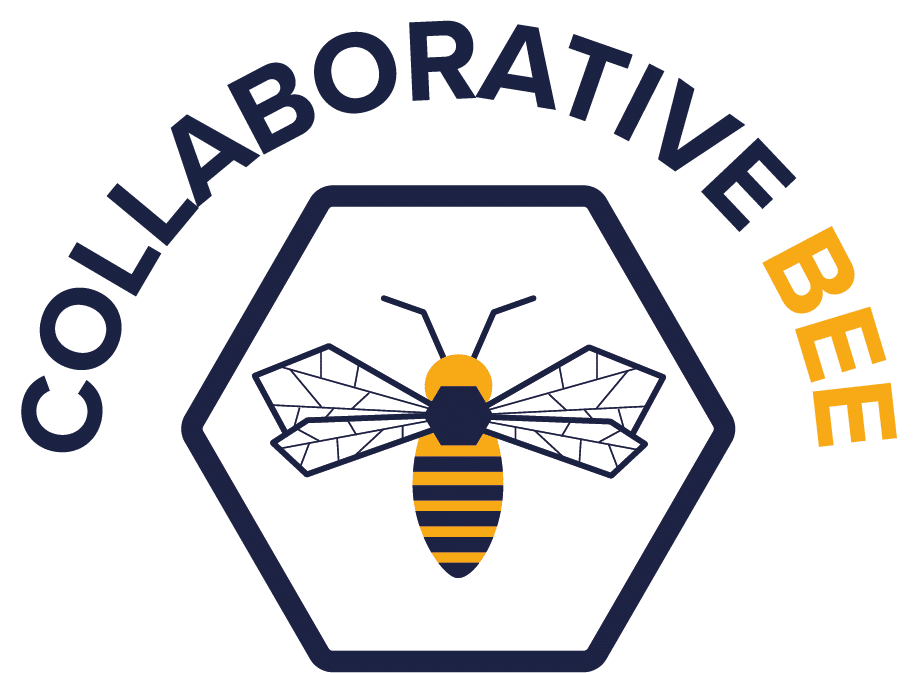🛰️ PrivateBee — Collaborative GPS 4D Navigation Platform
PrivateBee is an open and modular navigation ecosystem designed for
4D (space + time) flight trajectory management across drones, VTOLs, and hybrid aircraft.
It brings together academic, industrial, and research partners under the
Lesser Open Bee License 1.3,
promoting transparent, interoperable, and collaborative innovation.
🚀 Project Vision
The PrivateBee platform aims to create a shared digital infrastructure for air mobility —
enabling autonomous aerial vehicles to plan, optimize, and execute trajectories collaboratively in real time.
Built upon the Bee open-source engineering framework, it integrates spatial, temporal, and environmental data
to ensure safe, efficient, and sustainable flight operations.
“From local drone missions to coordinated VTOL corridors, GPS 4D enables a new era of
connected, intelligent, and transparent aerial mobility.”
🧭 The 4D Concept
Unlike traditional GPS systems limited to 2D or 3D coordinates,
GPS 4D adds the time dimension — enabling predictive navigation that anticipates
weather, airspace constraints, and traffic density.
The system computes optimized paths that evolve dynamically as environmental data changes.
- 📍 Latitude / Longitude: Geographical position
- 📈 Altitude: Vertical flight layer management
- ⏱️ Time: Real-time and predictive updates
- ☁️ Context: Weather, traffic, and no-fly zones
🧩 Core Modules
PrivateBee is composed of open, interoperable modules compatible with
CesiumJS, Node.js, and QGIS environments.
Each module can be used independently or connected to a shared WebSocket data layer.
- 🌍 3D Visualization Engine — powered by CesiumJS for immersive global navigation maps.
- 📡 Trajectory Optimizer — real-time computation of routes considering weather and altitude.
- ⚙️ Data Exchange Model — standardized format for interoperability between aircraft and ATC systems.
- 🧠 Predictive AI Layer — anticipates potential collisions or delays using live datasets.
🌐 Collaborative Integration
The project is part of the wider Collaborative Bee ecosystem, involving multiple engineering schools and partners:
ENSTA Paris, ESTACA Bordeaux, INSA Toulouse, Cy-Tech, and Technoplane SAS.
PrivateBee provides both open public interfaces and private modules for simulation, allowing academic teams to test
shared algorithms while preserving data confidentiality when needed.
Results are regularly published on:
wiki.collaborativebee.com
🛠️ Technical Architecture
PrivateBee uses a lightweight and interoperable software stack inspired by open science principles:
- Backend: Node.js + WebSocket real-time communication
- Frontend: CesiumJS + Next.js visualization
- Data Models: GeoJSON, OpenAIP, and DotBee XML format for structured metadata
- Simulation: BlenderGIS + QGIS + OpenWeather APIs
The platform integrates seamlessly with DotBee —
the innovative XML-based format for modular and verifiable data containers.
🔬 Research and Use Cases
- 🪶 Urban Air Mobility: Multi-drone coordination over cities and campuses.
- 🚁 Medical Logistics: Emergency delivery routes optimized with 4D time windows.
- ✈️ Hybrid Aircraft Navigation: Simulation of VTOLs with adaptive routes and load balancing.
- ☁️ Climate Integration: Trajectory adaptation to weather and CO₂ efficiency targets.
📈 Academic Impact
PrivateBee has become a key component of collaborative TRL 2–3 work in the Bee ecosystem.
Each academic partner contributes through simulation, algorithm development, or UI design,
ensuring interoperability and data traceability.
Deliverables follow the Bee Open Source Standards:
version tracking, public reports, and full attribution under the
Lesser Open Bee License 1.3.
